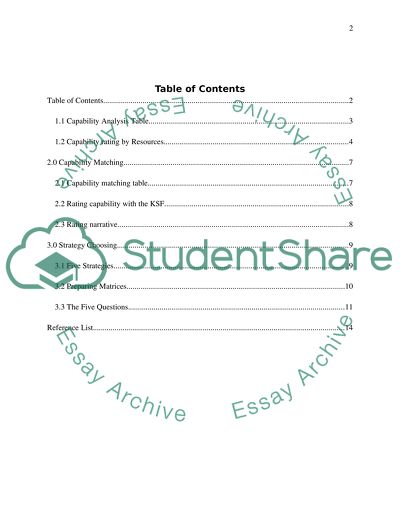Cite this document
(Capability Analysis of Samsung Mobile Case Study - 2, n.d.)
Capability Analysis of Samsung Mobile Case Study - 2. Retrieved from https://studentshare.org/marketing/1674679-business-strategy-in-a-global-environment
Capability Analysis of Samsung Mobile Case Study - 2. Retrieved from https://studentshare.org/marketing/1674679-business-strategy-in-a-global-environment
(Capability Analysis of Samsung Mobile Case Study - 2)
Capability Analysis of Samsung Mobile Case Study - 2. https://studentshare.org/marketing/1674679-business-strategy-in-a-global-environment.
Capability Analysis of Samsung Mobile Case Study - 2. https://studentshare.org/marketing/1674679-business-strategy-in-a-global-environment.
“Capability Analysis of Samsung Mobile Case Study - 2”, n.d. https://studentshare.org/marketing/1674679-business-strategy-in-a-global-environment.


